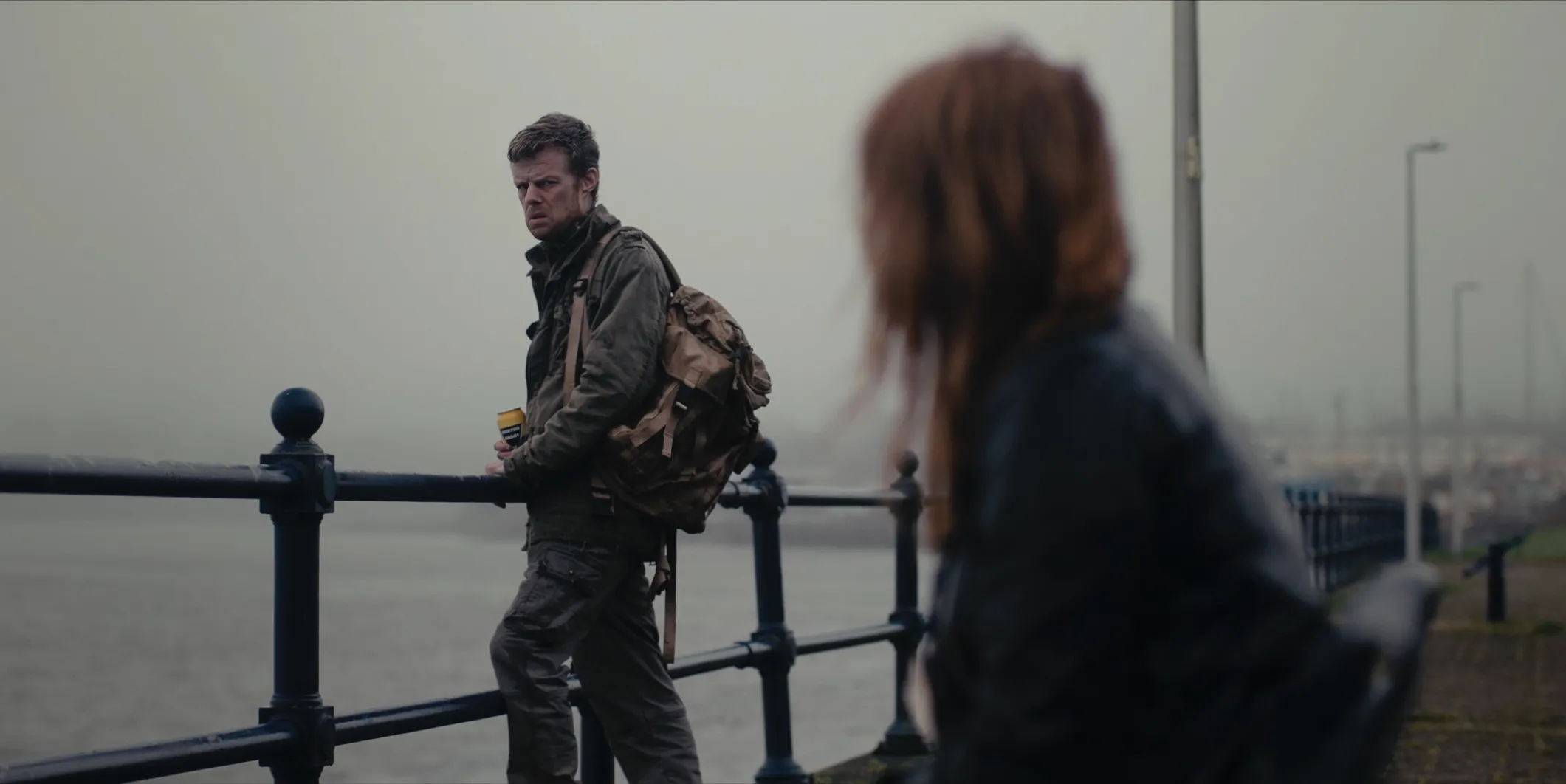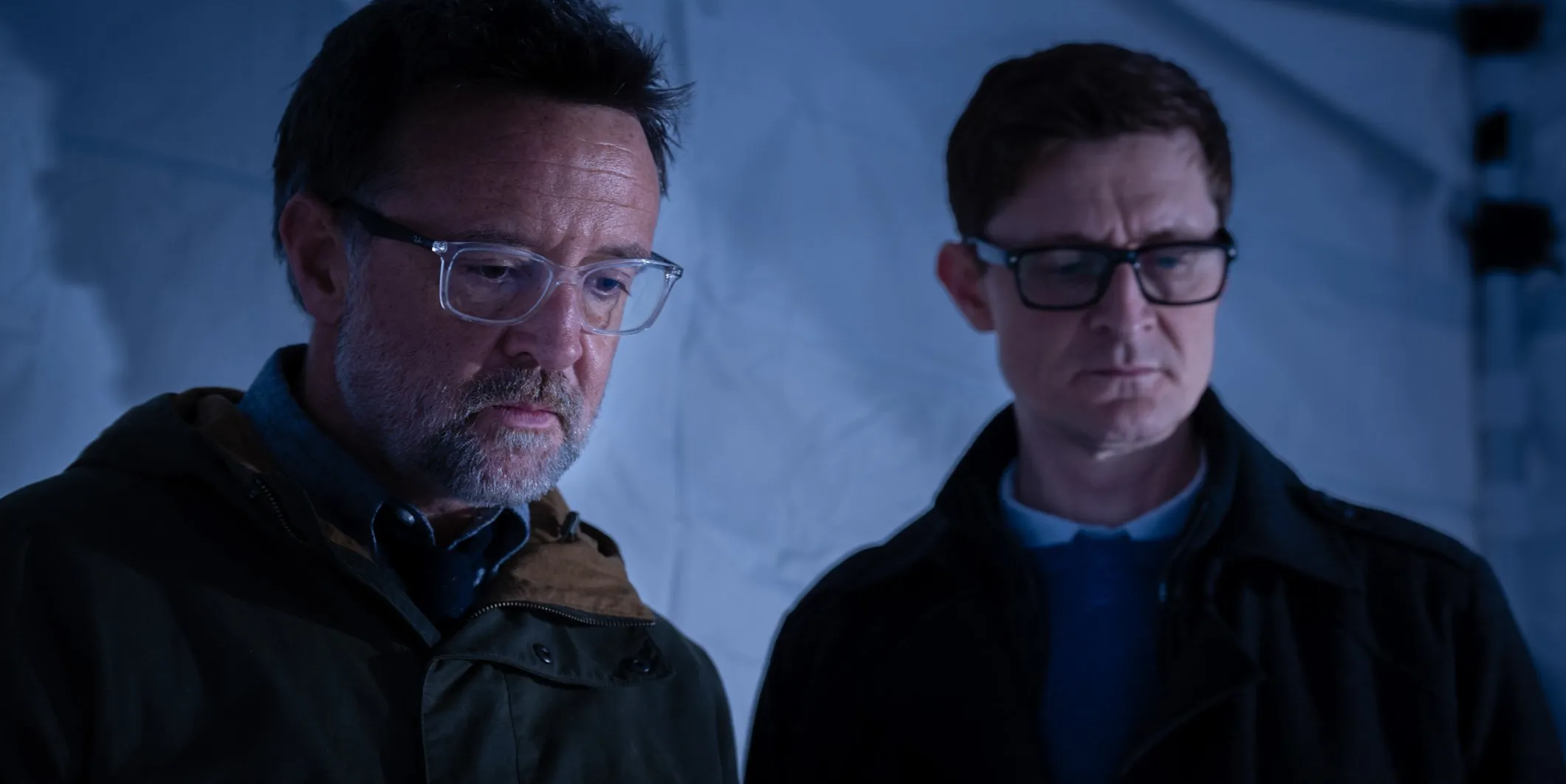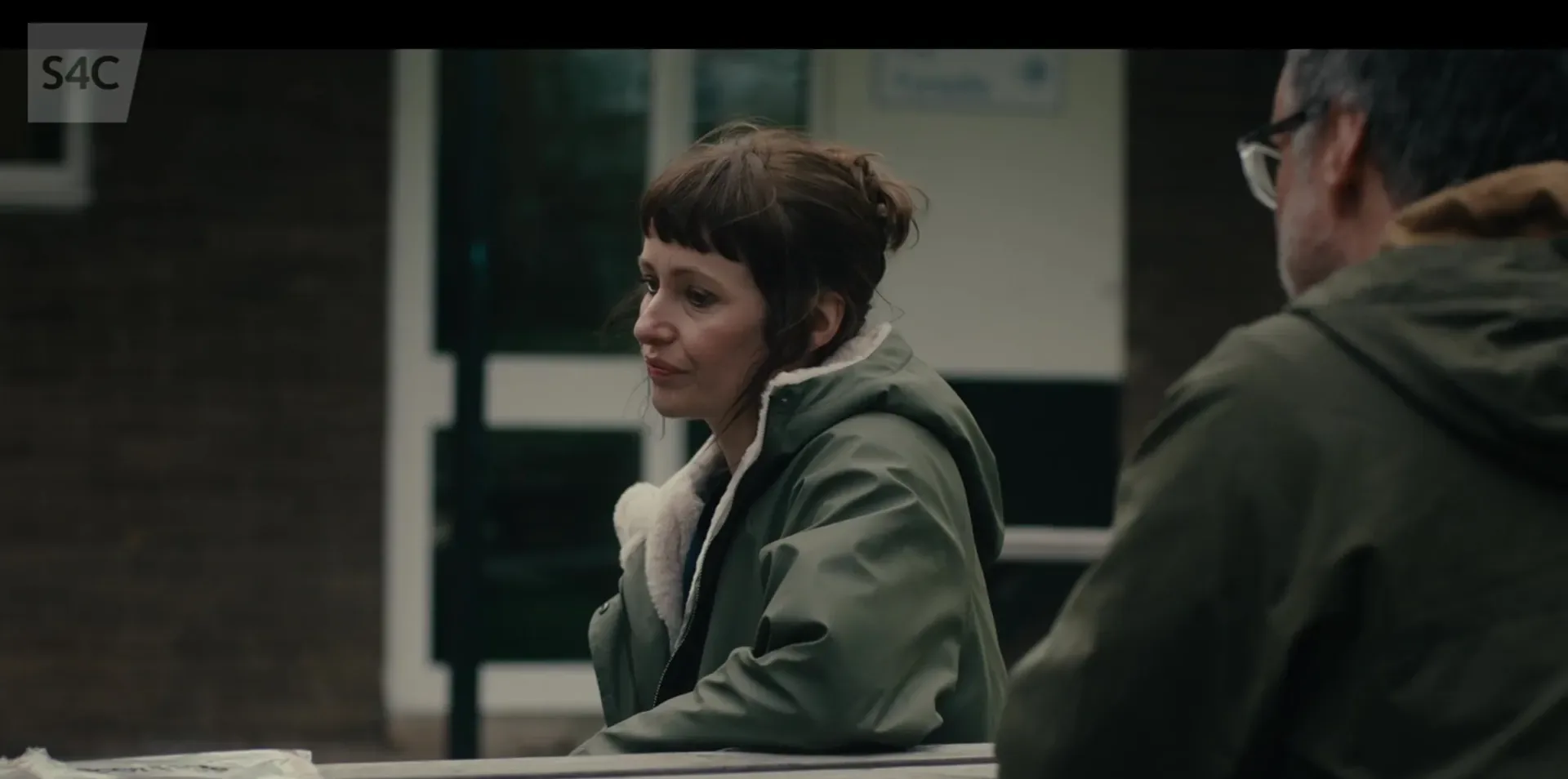“The One That Got Away” emerges as a Welsh crime drama centered on a murder investigation with echoes of unresolved past cases. The narrative follows a pair of detectives whose shared history complicates their professional pursuit of truth.
Their reunion brings forth personal conflicts that mirror the challenges they face on the job, a dynamic that injects an element of human complexity into the procedural framework. The storyline unfolds through a series of unexpected twists and moments of heightened tension, inviting the viewer to question the reliability of both memory and motive.
The series situates itself within the crime thriller and psychological drama categories, using its investigative plot to explore themes that touch on societal shifts and cultural identity.
Set in a small, tightly connected Welsh community, the show takes advantage of its regional setting to incorporate local language and cultural nuances, providing a textured backdrop for its unfolding drama.
The atmosphere, enriched by the stark landscapes and the intimate knowledge shared among residents, influences character behavior and heightens the stakes of the investigation. There is a subtle injection of humor in moments of levity, which serves to soften the intensity of the narrative without compromising its analytical depth.
Plot and Narrative Structure
The series centers on a murder investigation that recalls a previous crime with unsettling similarities. The investigation weaves present-day inquiries with echoes of an earlier tragedy, forming a narrative puzzle that compels viewers to consider how past events influence current realities.
The case challenges the detectives to untangle a network of misdirection and concealed truths, creating a multi-dimensional mystery that raises questions about accountability and memory.
This structure reflects a shift in modern television storytelling, where narratives intertwine personal history with unfolding events in a manner that speaks to today’s cultural concerns.
A reunion between former partners sparks an exploration of complicated personal histories that impact the investigation at every turn.
The plot introduces unexpected twists such as secret identities and familial relationships that gradually emerge, each revelation reshaping the viewer’s understanding of the case.
These developments serve to expose hidden connections that resonate with broader social issues, subtly commenting on how personal pasts can influence public perceptions of justice. The series employs these narrative surprises to maintain engagement, offering moments that are both startling and thought-provoking.
The series employs a structure that balances episodic revelations with sustained narrative tension. Short, suspenseful sequences are interspersed with longer scenes that provide detailed character development and background on the case.
The pacing shifts between deliberate, tension-filled moments and brisk, action-driven sequences that propel the plot forward.
This rhythmic contrast not only maintains viewer interest but also mirrors current trends in streaming content, where dynamic editing and varied scene lengths have become a hallmark. The interplay between methodical buildup and sudden plot shifts encourages viewers to remain alert to every nuance in the unfolding mystery.
Character Dynamics and Relationships
DI Ffion Lloyd appears as a committed officer whose expertise is accompanied by a discernible vulnerability. Her previous connection with her partner manifests in subtle hesitations and quiet conflicts that influence her professional decisions.
Every measured step she takes during the investigation hints at an internal struggle between duty and unresolved personal sentiments. Conversely, DS Rick Sheldon emerges as a figure marked by internal contradictions.
His professional conduct is marred by a string of personal missteps and an unmistakable ambivalence that surfaces during critical moments. The memories of a shared past with Ffion shape his actions and introduce a tension that transforms routine procedures into charged encounters.
Secondary figures contribute essential layers to the narrative. Characters such as Paul Harvey and his partner Anna enter the storyline with their own discreet agendas, influencing the mystery with unforeseen twists.
Their actions complicate the investigation, adding a level of unpredictability that contrasts sharply with the steadier demeanors of the lead detectives. Other suspects and community members, each with their own secrets, gradually reveal connections that enrich the unfolding drama and mirror the multifaceted nature of social interactions within a small community.
The lingering effects of Ffion and Rick’s past romance are evident in each charged exchange and every moment of silent acknowledgment between them.
Their shared history infuses the narrative with a nuanced exploration of how personal and professional lives often collide in subtle yet significant ways. Meanwhile, Ffion’s strained relations with her family—marked by quiet discord and unspoken resentments—underscore the impact of personal conflicts on professional responsibilities.
These interactions offer a thoughtful reflection on shifting societal norms regarding emotional expression and leadership roles, highlighting the evolving depiction of complex human relationships in contemporary television.
Themes and Underlying Motifs
The series examines trust, betrayal, and redemption as recurring forces in the lives of its characters. The interactions between the detectives show trust repeatedly challenged by personal history and miscommunication.
Instances of betrayal are not mere plot devices; they signal deeper searches for personal recovery amid ethical and emotional dilemmas. The narrative assigns weight to the notion of restitution, as characters contend with mistakes from their past while seeking a way forward that reconciles personal failings with professional duty.
Memory occupies a central role in the unfolding drama. Previous crimes and unresolved personal conflicts leave imprints on the present investigation, prompting characters to reconcile their former actions with current responsibilities.
The portrayal of identity is carefully balanced with the influence of history, as personal narratives emerge through both overt and understated exchanges. This focus on memory accentuates how old wounds shape responses and decision-making in the midst of ongoing inquiries.
Set against the backdrop of a closely connected community, the series positions its characters within an environment where local ties matter. The portrayal of this community, replete with its own cultural and linguistic nuances, influences the storyline by embedding everyday relationships into the investigative process.
Casting and production decisions contribute to an overall narrative that brings social issues to the forefront, prompting viewers to consider how representation within the series affects broader cultural debates and may influence future shifts in television storytelling practices.
Setting, Cinematography, and Production Design
The series utilizes the rugged winter terrain of Pembroke Dock as a compelling backdrop that imbues the narrative with a palpable sense of place drawn from local geography.
The chilling expanse and icy vistas, punctuated by the striking form of the high bridge over the Cleddau River, evoke an environment that mirrors the series’ intricate character dynamics. Dense woodlands provide a somber frame to critical scenes, lending a quiet intensity to the unfolding investigation.
Lighting is employed with deliberate care, generating shifts in mood that align with narrative turns. Subtle, shadowed scenes contrast with moments of crisp clarity, with selective use of cool and muted tones enhancing the emotional weight of each frame. The opening sequence, marked by slow pans over mist-laden landscapes, establishes a visual rhythm that sustains suspense and invites a reflective viewing experience.
Production choices exhibit a precise attention to detail, where set design and carefully chosen background elements reinforce the tension inherent in both the crime investigation and the personal drama. The director’s approach reveals a refined sense of space, with shot composition and spatial depth serving to accentuate the intimacy of personal conflicts alongside the isolation felt in the investigative environment.
This emphasis on physical detail underscores a commitment to authenticity and mirrors contemporary trends in streaming television, where visual storytelling intertwines with explorations of social and cultural identity.
Every visual decision reinforces the series’ commentary on community and individual struggle, highlighting the creative team’s commitment to honest storytelling. This production boosts authenticity further.
Script, Dialogue, and Tone
The subtitled script marries linguistic authenticity with a keen sense of regional character. Each line offers a snapshot of local color while maintaining clarity, a blend that mirrors the series’ commitment to cultural representation.
The dialogue steers clear of heavy-handed exposition, allowing pauses that build suspense and let the audience infer meaning from carefully chosen words.
Conversations between characters serve as a microcosm of the series’ intricate design. Exchanges mix everyday banter with moments of charged tension, revealing deeper facets of the individuals involved.
Moments of dry humor and pointed irony surface unexpectedly, hinting at unspoken histories and subtle power shifts. These interactions not only propel the narrative but also spark reflection on modern casting choices and production decisions that favor authenticity over formulaic portrayals.
The interplay between psychological introspection and the mechanics of a procedural mystery creates a tone that is both measured and dynamic. Scene transitions and dialogue pacing work together to maintain an engaging pulse, inviting viewers to absorb complex social cues embedded in each frame.
This rhythmic cadence reinforces a storytelling approach that challenges traditional formats, signaling a shift in how television narratives can articulate current social and cultural debates without sacrificing narrative momentum.
The Review
The One That Got Away Season 1
The One That Got Away proves itself an engaging series with thoughtful storytelling, strong character dynamics, and striking visuals. Its exploration of social issues and cultural nuances shines through subtle narrative choices. A measured pace and layered mystery invite viewers to reflect on the interplay between personal histories and professional duty. The production team delivers an authentic, well-crafted crime drama that challenges traditional storytelling methods on streaming platforms. A standout series for modern television, it sets a high standard for future genre storytelling.
PROS
- Complex narrative with a layered mystery that keeps viewers engaged.
- Strong, well-developed characters driving the investigation.
- Rich portrayal of Welsh culture and regional settings.
- High production quality with atmospheric visuals.
CONS
- Occasional inconsistencies in pacing.
- Some predictability in plot twists.
- Reliance on familiar narrative tropes.




















































